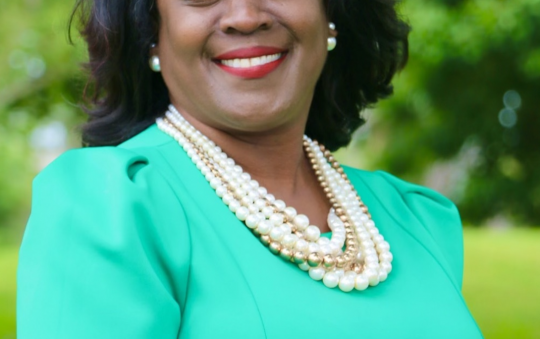South Los Angeles To Rally On 25th Anniversary Of 1992 LA Uprising With Public March And Community Festival
A coalition of South Los Angeles (SLA) community organizations will mark the 25th anniversary of the 1992 SLA Uprising with a mass mobilization that includes a rally, march, and community festival on Saturday, April 29, beginning at the historic intersection of Florence and Normandie where the 1992 Uprising ignited. The event is part of a larger alliance between more than 35 SLA organizations implementing community-led solutions to systemic injustices and ensuring that community’s vision for the future of SLA is realized.
The event will include speeches by several prominent community leaders, activists and youth from South Los Angeles, a drum invocation by Jishinbalki, Mama Nay Nay’s, Cuauhtemoc & DJ Sloe Poke and musical guests Mariachi Arcoiris, Al Jackson, Josef Leimburg, Cuicani, DJ Phatrick, Medusa, Los Rakas.
United under the Solidarity Statement: “South LA is the Future: A Community Vision for a healthy and just future of Los Angeles,” the group of organizations, health care providers, schools, government agencies, residents, and youth are highlighting issues, from law enforcement suppression, housing insecurity economic divestment and environmental racism, that contributed to the 1992 social rebellion and persist today, and promoting community-driven policy innovations.
“Between the 1965 Uprising and 1992, conditions of structural racism that led to the rebellions, remained in place,” said Pete White, founder and co-director of Los Angeles Community Action Network. Once a vibrant neighborhood with black-owned businesses and factory jobs, SLA suffered decades of deindustrialization, disinvestment and wayward policy decisions stifled growth and development. Beyond a loss of jobs, welfare reform, the 1994 Federal Crime Bill, NAFTA and now gentrification exacerbated conditions that created community tension and hopelessness. “This was not a riot but an uprising against a system that is working against you.”
The community partners initially came together through the South Los Angeles Building Healthy Communities (SLA BHC) collaborative, a group of diverse partners working to make SLA a healthier place to live, work, and play. Building Healthy Communities (BHC) is a 10-year, $1 billion comprehensive community initiative launched by the California Endowment in 2010 to advance statewide policy, change the narrative, and transform 14 of California’s communities most devastated by health inequities into places where all people have an opportunity to thrive.
Tamu Jones, program officer for SLA BHC, says community organizing there is fairly sophisticated and advanced – and is recognized even nationally in terms of building movements and innovating in policy solutions.
“Over the past 25 years, the people of South LA have developed models of community building to address the root causes of social unrest and health disparities,” said Jones. “They are creative and resilient and self directed. Their innovation in community organizing is built on the larger social justice movement that folks in SLA have been engaged in for decades. It is bigger than the 35 organizations and has great implications for the whole city and even beyond.”
Last month, the SLA BHC coalition gathered at a Town Hall meeting as a reunion of their collective commitment and celebration to multi-racial organizing. Beyond the April 29 event, the community partners aim to challenge unjust public policies and to build a process for ongoing political education. A central component of the movement is working to uplift the stories about the 1992 LA Uprising and create a more authentic narrative that captures the creativity and resilience within the diverse communities.
“Too often narratives of South Los Angeles are marked by its deficits and what its residents don’t have,” said Lola Smallwood Cuevas, director of the Los Angeles Black Worker Center. “SLA reflects one of LA’s greatest assets. Located here are residents with a rich history of struggle and innovative approaches that have worked to bridge deep and wide economic and racial divides. Look at the positives coming out of the area. Residents who have solutions for how to solve the housing crisis, people taking over housing; black workers with successful strategies for increasing access to quality jobs in construction and other growth industries. Like so many innovative sectors of Los Angeles. SLA is a socio-economic innovative laboratory that’s using transformative practices from the bottom up. It comes out of a lot of struggles and harm that residents are repairing.”
More information at southlaisthefuture.com





